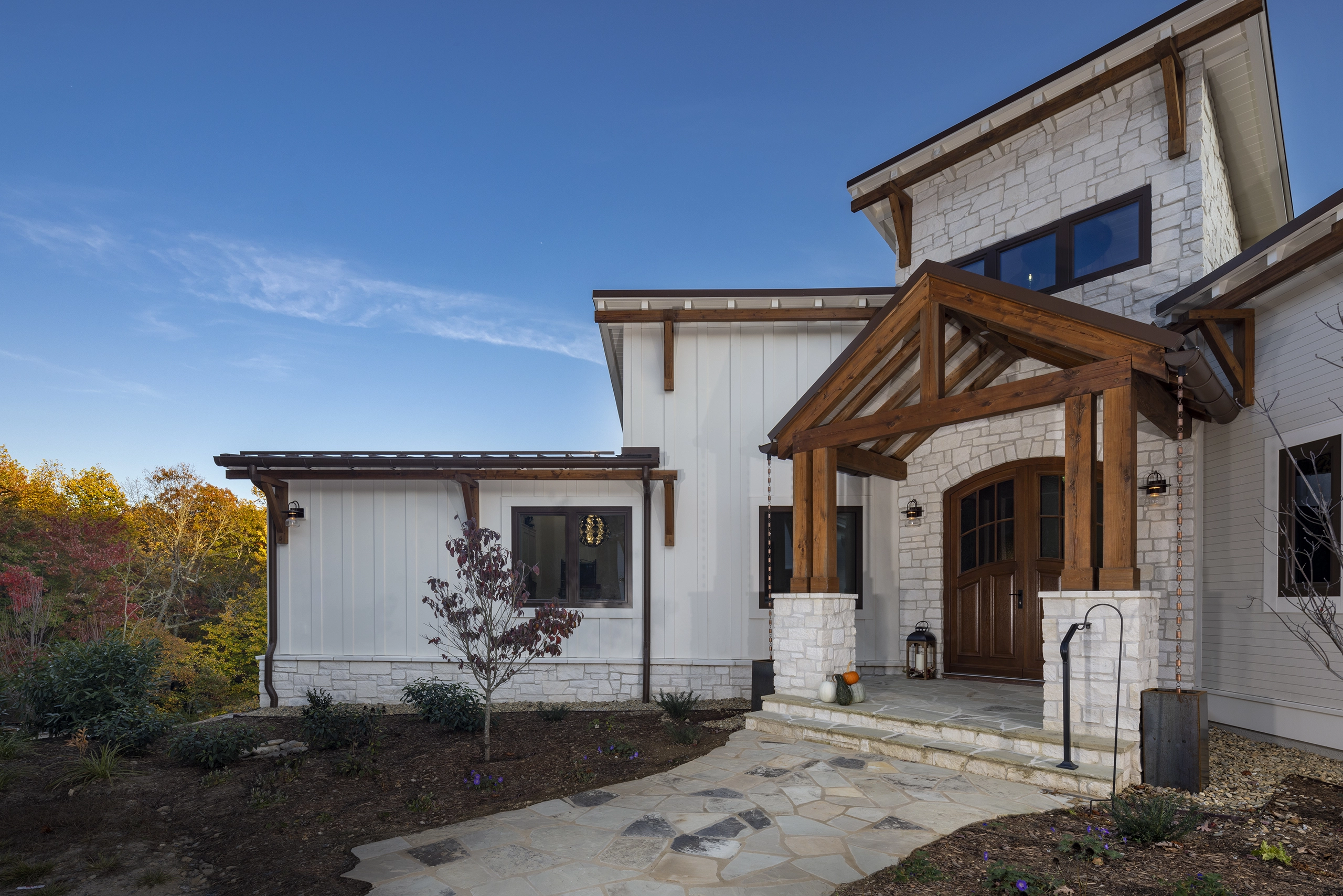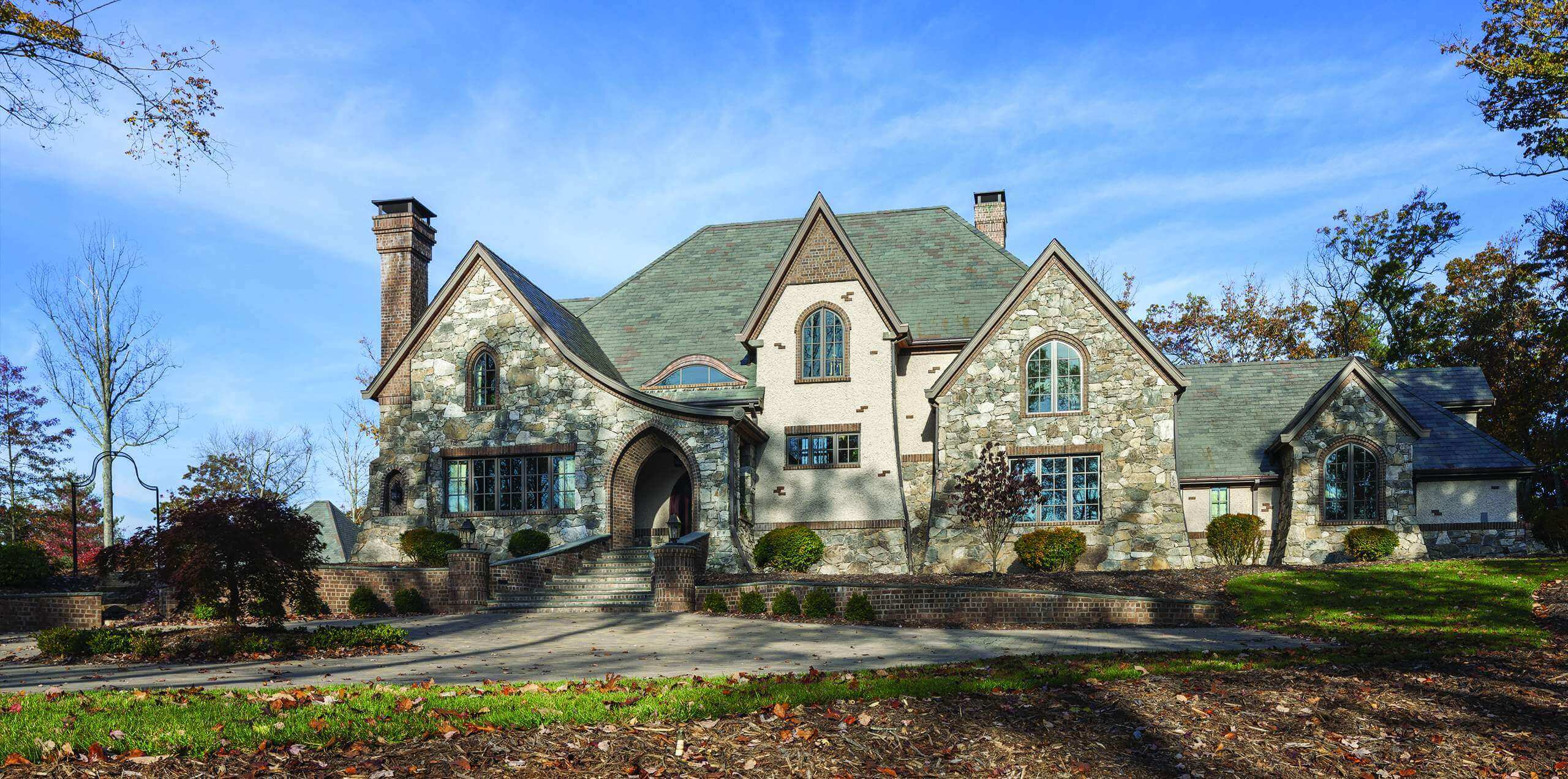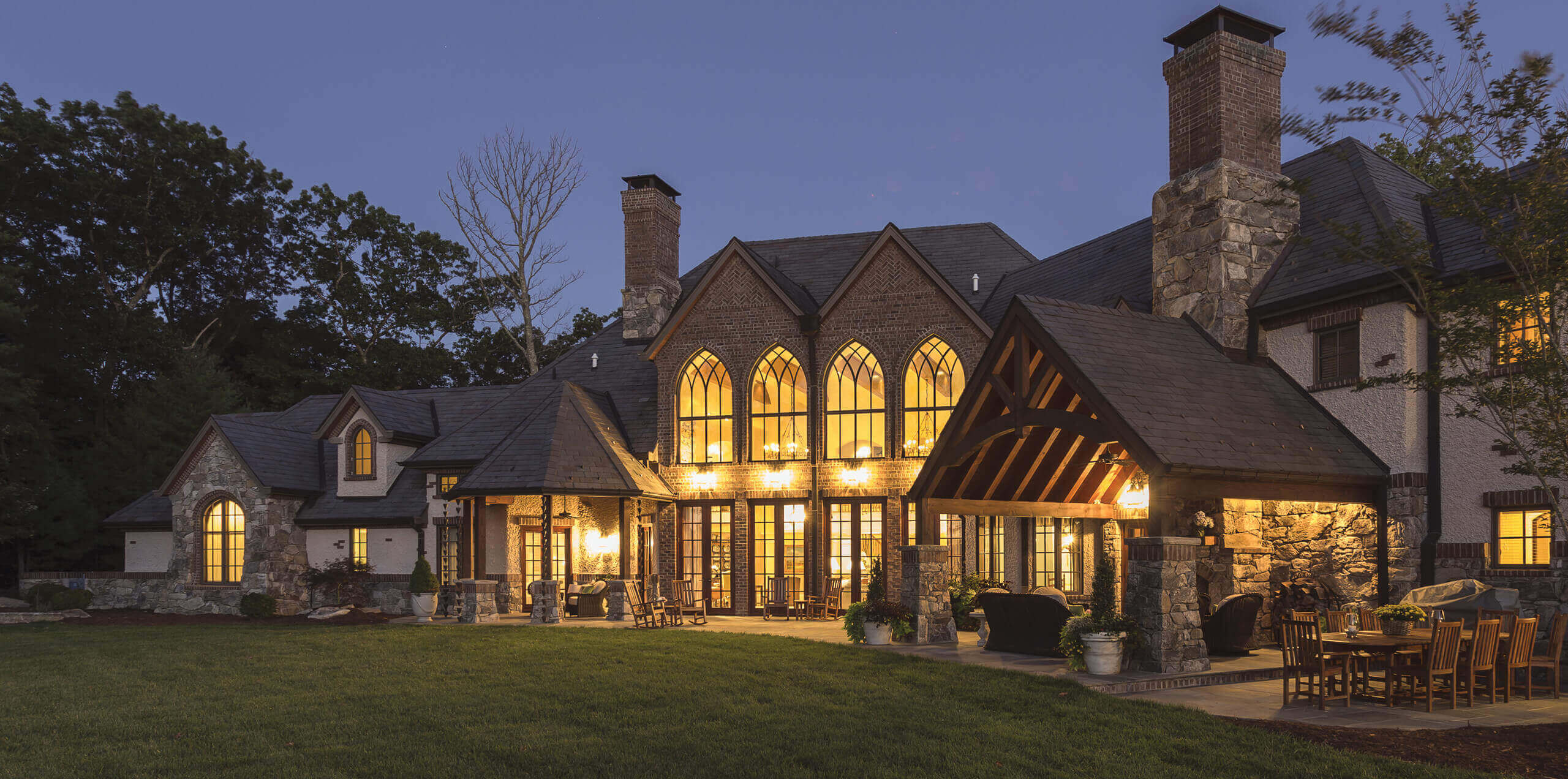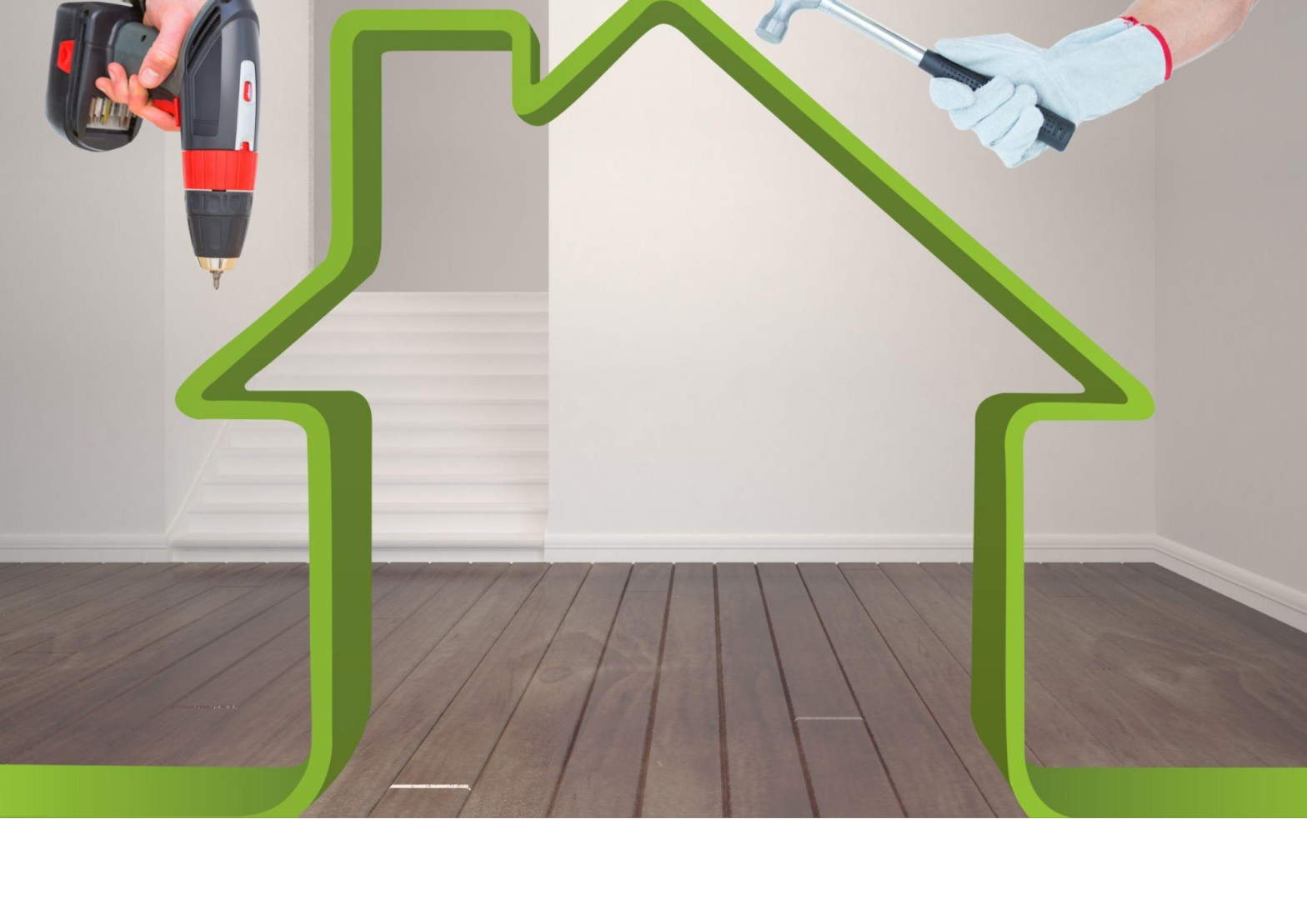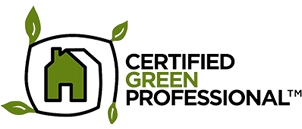As environmental concerns continue to grow, many homeowners are looking to make their existing homes more eco-friendly. Green renovations are an excellent way to reduce your carbon footprint, enhance energy efficiency, and create a healthier living environment. Whether you’re planning a major overhaul or small upgrades, here are some key strategies for greening your home through renovations.
Energy-Efficient Windows and Doors
One of the most impactful green renovations you can make is upgrading to energy-efficient windows and doors. High-performance windows with low-E (low-emissivity) glass can significantly reduce heat loss in the winter and heat gain in the summer. This means less reliance on heating and cooling systems, leading to lower energy bills and a reduced carbon footprint. Additionally, well-sealed, insulated doors can prevent drafts and improve your home’s overall energy efficiency.
Solar Panels and Renewable Energy Systems
Incorporating renewable energy sources into your home is a major step toward sustainability. Installing solar panels can provide a substantial portion of your home’s electricity needs, reduce your dependence on fossil fuels, and lower your energy bills. If solar panels aren’t feasible, consider other renewable options like wind turbines or geothermal systems, which can also contribute to a greener home.
Efficient Heating and Cooling Systems
Upgrading your heating and cooling systems to more energy-efficient models is another effective way to reduce your home’s environmental impact. Modern HVAC systems, including heat pumps and high-efficiency furnaces, use less energy and provide better climate control. Additionally, installing a programmable thermostat can help you optimize energy use by adjusting the temperature based on your schedule.
Sustainable Flooring Options
When renovating your floors, consider sustainable materials like bamboo, cork, or reclaimed wood. These materials are not only environmentally friendly but also durable and stylish. Bamboo, for example, is a fast-growing renewable resource, while reclaimed wood gives new life to old materials. Additionally, using low-VOC (volatile organic compounds) adhesives and finishes can improve indoor air quality.
Water Conservation Upgrades
Water conservation is a crucial aspect of green renovations. Upgrading to low-flow fixtures, such as faucets, showerheads, and toilets, can significantly reduce water usage without sacrificing performance. Installing a rainwater harvesting system can provide an alternative water source for irrigation, reducing the demand on municipal water supplies. Additionally, consider drought-resistant landscaping to minimize outdoor water use.
Improved Insulation and Air Sealing
Proper insulation and air sealing are key to creating an energy-efficient home. Insulating your walls, attic, and floors can prevent heat loss in the winter and keep your home cooler in the summer. Sealing gaps and cracks around windows, doors, and other openings can also reduce drafts and improve indoor comfort. These upgrades not only save energy but also make your home more comfortable year-round.
Eco-Friendly Paints and Finishes
When updating your home’s interior, choose eco-friendly paints and finishes. Conventional paints often contain harmful chemicals known as VOCs, which can negatively impact indoor air quality and health. Opt for low-VOC or zero-VOC paints that are safer for your family and the environment. Additionally, look for finishes and stains that are free of harmful chemicals and made from natural ingredients.
Sustainable Kitchen and Bathroom Upgrades
Kitchens and bathrooms are prime areas for green renovations. In the kitchen, consider energy-efficient appliances, sustainable cabinetry made from recycled materials, and countertops made from natural or recycled materials. In the bathroom, install water-saving fixtures, such as dual-flush toilets and low-flow showerheads. These upgrades not only enhance the functionality of your space but also contribute to a greener home.
Green Roofing Solutions
Your roof plays a critical role in your home’s energy efficiency. Consider installing a green roof, which is covered with vegetation and helps to insulate your home, reduce stormwater runoff, and improve air quality. If a green roof isn’t an option, look for roofing materials that are reflective and energy-efficient, such as metal or cool roofing materials that reduce heat absorption.
Smart Home Technology
Integrating smart home technology can further enhance the efficiency of your green renovations. Smart thermostats, lighting systems, and appliances can be programmed to operate only when needed, reducing energy waste. These systems also provide valuable insights into your energy usage, helping you make informed decisions about further improvements.
Conclusion
Green renovations offer a powerful way to transform your existing home into a more sustainable, energy-efficient, and healthy living space. By focusing on key areas like energy efficiency, water conservation, and sustainable materials, you can make meaningful changes that benefit both the environment and your quality of life. Whether you’re undertaking a major renovation or making small upgrades, every step towards a greener home is a step towards a more sustainable future.


